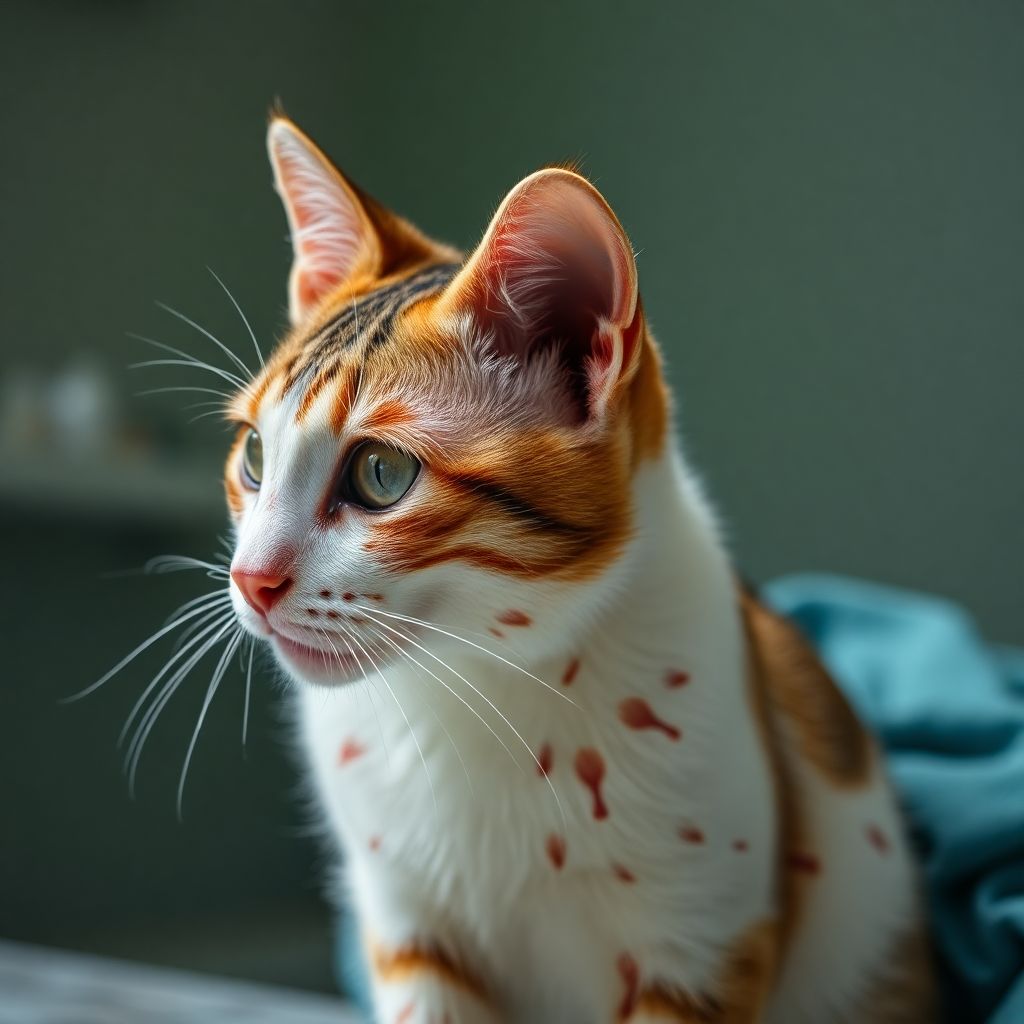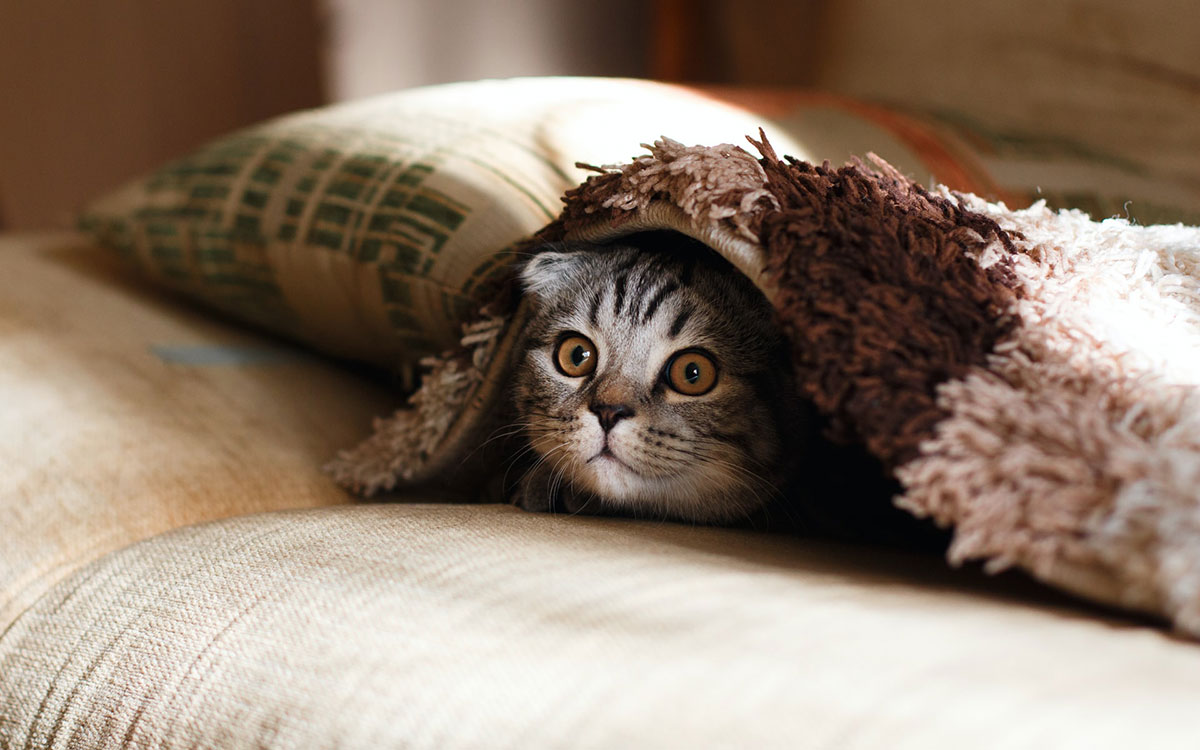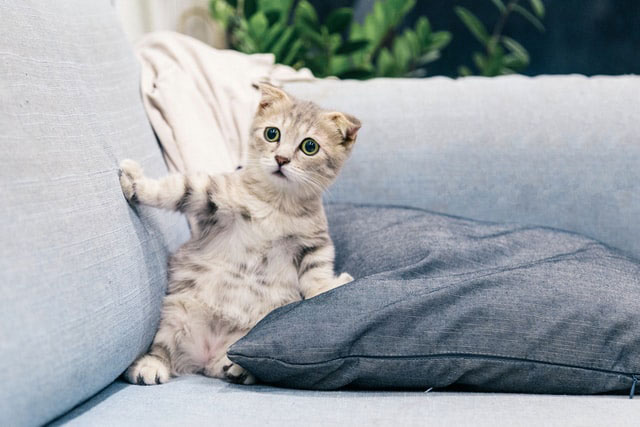Understanding Feline Health: Why Awareness Matters
Routine veterinary visits are critical for the early detection of problems. Different breeds and ages carry varying risks; hence, knowing what to look for will help you prevent problems from developing. Environmental factors, for example, whether your cat stays indoors or goes outdoors, may also have an impact on health. The earlier you recognize symptoms, the easier it is to treat the illness appropriately. Staying aware makes a great difference in your cat’s life and its quality.
Respiratory Diseases in Cats
Overview of Respiratory Infections
Cats are often stricken with respiratory infections due to viral agents such as feline herpesvirus and calicivirus. The transmission of these pathogens is rapid whether it is sneezing, coughing, or just simple contact with infected cats. Symptoms include sneezing, runny nose, watery eyes, and coughing—those signs that tell you that your cat is ill.
Feline Infectious Peritonitis (FIP)
FIP is a grave illness that results from a mutated coronavirus. There are two forms: wet and dry. The wet form allows for fluid accumulation in the abdomen or chest cavity, while the dry type causes lesions in organs. An FIP-infected cat will often appear weak, have a profound loss in body weight, or develop a distended abdomen due to excess fluid accumulation. Unfortunately, most times, FIP is indeed fatal, although early detection will make the alleviation of suffering much easier.
Prevention and Management
The best prevention is to vaccinate your cat against the common viruses. Keeping the environment clean lessens chances of contracting infections. If you notice any respiratory signs, get to the vet right away. He will be able to confirm the diagnosis and start treating your cat for symptomatic relief. Prevention is key to avoid unnecessary sufferings for your kitty.
Digestive System Diseases
Gastrointestinal Infections
Many issues start in the gut—parasite, bacterial, or viral. If your cat presents such signs, it indicates a problem in the stomach requiring immediate attention. Regular parasite checks and cleanliness are helpful in avoiding these infections.
Inflammatory Bowel Disease (IBD)
Symptoms include chronic vomiting, weight loss, and diarrhea. Diagnosis of IBD involves tests among which are biopsies, while in most instances the treatment entails special diets and medications. Proper IBD management will lead to comfort and recovery for your cat.
Diet-Induced Disorders
Food allergies or intolerances cause scratching in cats, vomiting, or diarrhea. Feeding balanced, high-quality food would improve the cat’s health condition. It is better to introduce new diets over a period of time so as not to aggravate stomach upset; observe for any changes in eating habits and get in touch with your vet for advice on dietary switch.
Disorders of the Urinary Tract
Urinary Tract Infection
Infection of the urinary tract occurs very often in cats, particularly females. They urinate frequently, have blood in their urine, and feel pain. In case of a straining cat or one that appears restless while urinating, do not hesitate to see a veterinarian. Untreated UTIs can worsen, thus leaving the cat open to further complications.
Feline Lower Urinary Tract Disease (FLUTD)
Another name for problems within the lower urinary tract disease, including FLUTD, could be several urinary problems caused by stress, diet, or stone formation in the bladder. Cats tend to strain to urinate, hence urinating outside the boxes. Long-term management includes stress reduction, dietary adjustments, and plenty of water. Get your cat emergency treatment if it is in pain or stops urinating altogether.
Prevention and Treatment
Encourage your cat to drink lots of water. The diet plays an essential role in maintaining bladder health. Vet examinations on a regular basis assist in detecting the problem early. Whenever you notice any urinary inconvenience, seek medical attention for early treatment to avert any emergencies and irreversible damage.
Infectious Diseases and Parasitic Infestations
Feline Leukemia Virus (FeLV) and Feline Immunodeficiency Virus (FIV)
FeLV and FIV are transmitted by bite wounds or close contact; the viruses gradually compromise the immune system of the host. Symptoms include weight loss, anemia, or poor coat condition. Vaccination and regular testing offer some protection for your cat. While treating these cats is usually a lifetime commitment, it is an important one for their sake.
External and Internal Parasites
Fleas, ticks, and mites can create serious issues, including deep itching, skin irritation, and anemia. Fleas are not only uncomfortable for the cat but are also carriers of other diseases. Ticks and mites cause skin irritation. Make careful and constant use of all products your veterinarian has recommended for flea and tick prevention.
Conclusion
Many diseases affect cats, but staying on top of things can help catch problems early. Keeping a close eye on your cat’s health is the main preventative measure—and, for that matter, diet and general hygiene. Observe your kitty: don’t dismiss signs like sneezing, vomiting, or trouble urinating. The healthier, happier, and longer-lived your pet is likely to be, the more that will take today’s effort toward building a brighter future for your beloved companion.









